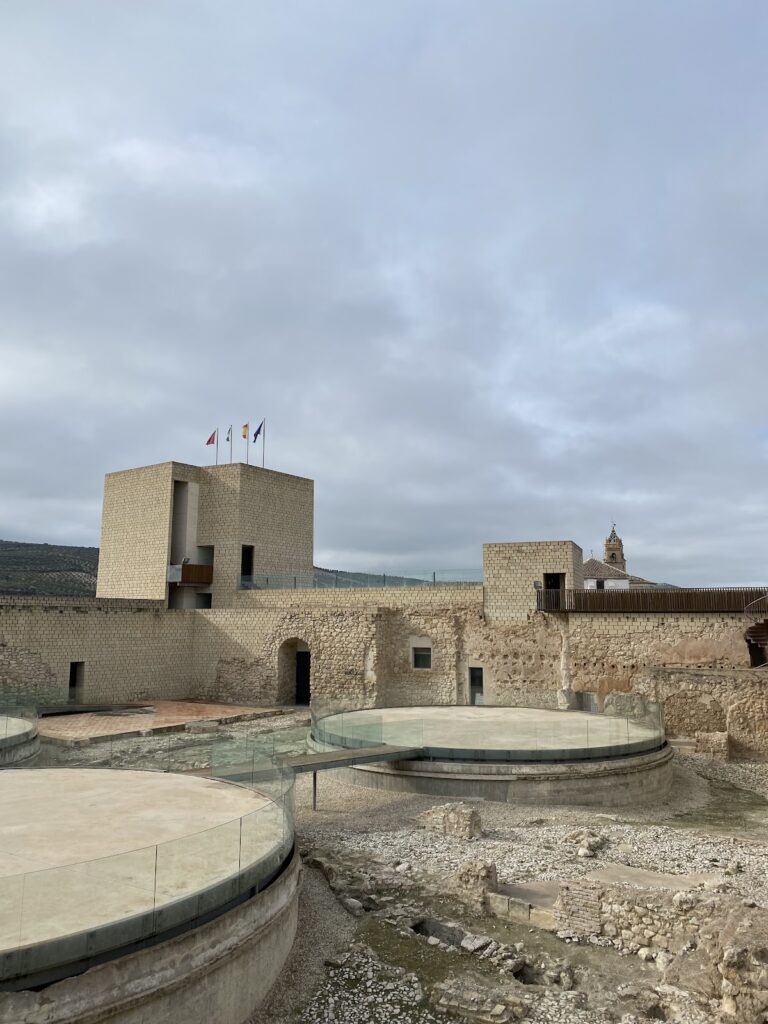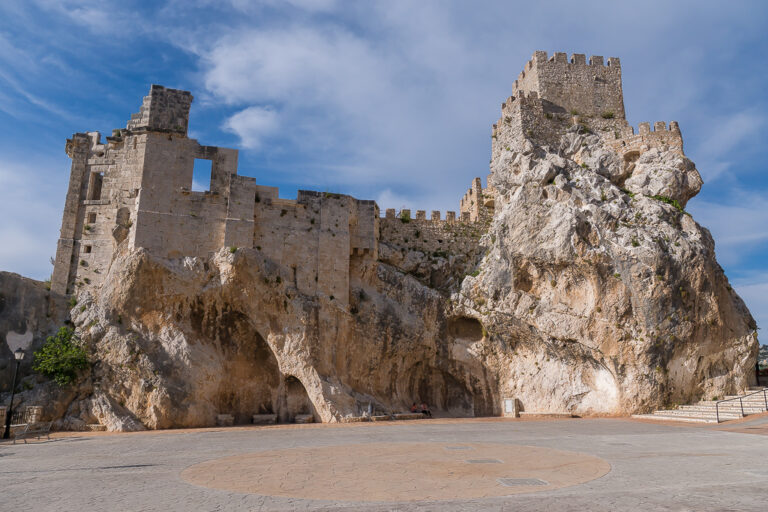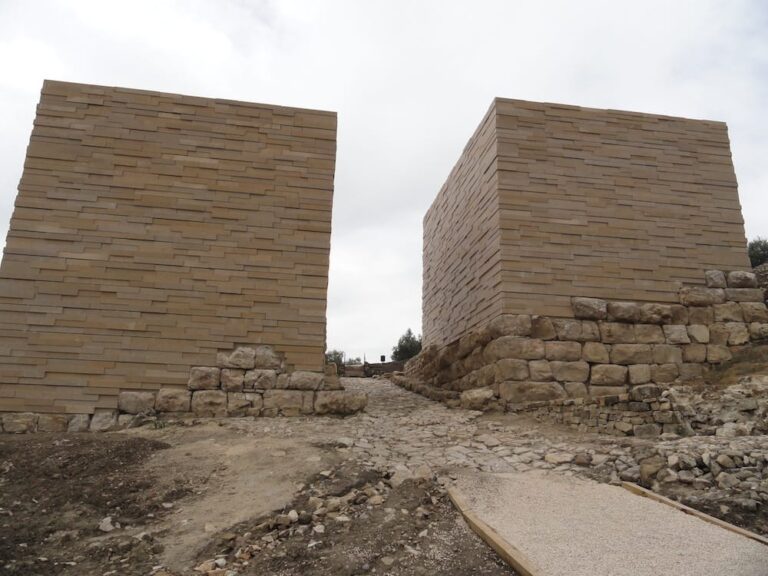Castillo de Baena: A Historic Fortress in Baena, Spain
Visitor Information
Google Rating: 3.8
Popularity: Low
Google Maps: View on Google Maps
Official Website: www.baenaturismo.com
Country: Spain
Civilization: Unclassified
Remains: Military
History
The Castillo de Baena is a fortress situated at the highest point of the town of Baena in Spain. It was originally constructed by Muslim builders and first appears in historical records from the late 9th century, during the time of Omar ibn Hafsún’s uprisings against the Emirate of Córdoba.
In the mid-13th century, specifically in 1241, Fernando III of Castile conquered Baena. Following this event, the castle became an important defensive position on the southern frontier of the Kingdom of Córdoba, bordering the Nasrid Kingdom of Granada. At that time, the Muslim mosque within the fortress was replaced by a Christian chapel dedicated to Saint Bartholomew, reflecting the shift in religious and political control.
The castle remained under the Crown of Castile until the late 14th century. In 1386, King Juan I handed over Baena to Diego Fernández de Córdoba. From that moment, the fortress was overseen by the House of Córdoba and later passed to the House of Cabra. After the conclusion of the Granada War in 1492, the castle’s military significance diminished, and it was transformed into the main residence for the Counts of Cabra. Notably, in 1566, Gonzalo Fernández de Córdoba, the fifth count, was granted the title Duke of Baena by King Philip II.
The fortress stayed mostly preserved until the late 19th century. In 1879, it was sold by the noble family and largely dismantled to serve as a source of building stone. In the early 20th century, several changes caused further damage: a distinctive horseshoe arch was demolished, and its courtyard was converted into a water reservoir that operated from 1927 to 1959. These alterations significantly affected the structure’s integrity.
Beginning in 2005, efforts to restore and study the castle were launched, including archaeological digs and detailed historical research. Major restoration work took place between 2011 and 2016, culminating in an official reopening ceremony on September 13, 2016. This project was supported by both local and national government bodies.
Remains
The Castillo de Baena is laid out on an irregular rectangular plan, measuring approximately 70 meters long and 37 meters wide. Originally, it was surrounded by a separate defensive wall that enclosed the town itself. Today, parts of the castle’s walls constructed with carefully cut stone blocks (ashlar) and rough stone masonry survive alongside three of its four corner towers.
The extant towers are individually named Torre del Secreto, Torre de los Cascabeles, and Torre de las Cinco Esquinas, also known as Torre de las Arqueras. The Torre de las Cinco Esquinas stands out for its brick and mortar construction and includes arrow slits on two sides. It also shows evidence of a lobed window, now sealed off. Tradition associates this tower with the imprisonment of King Boabdil of Granada, though historical investigations have revealed that the tower was extensively remodeled during the 16th and 17th centuries to serve as a chapel.
The surrounding town wall remains largely intact, preserving several stretches and towers, along with two major gates. Both gates feature elements from Islamic architecture. The Arco de Consolación is built from rough masonry coated in plaster, while the Arco Oscuro is made from bricks and smaller dressed stones, known as small ashlar. This latter gate received restoration efforts that added a four-sided roof and incorporated a Mudéjar-style coffered ceiling — a decorative wood ceiling characteristic of post-Reconquista Islamic influence. Historically, the town council held its meetings beneath this ceiling.
Between these two main gates, a southern section of the wall still stands with surviving towers and modern reconstructed battlements that replicate earlier defensive features. A northern segment of the wall is less well-preserved and contains the Arco de Santa Bárbara, a 20th-century addition. This part of the fortification also includes a detached tower called an albarrana tower, a type of defensive tower placed outside the main wall but connected by a wall or bridge, documented in the 1990s.










